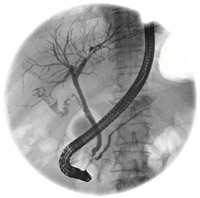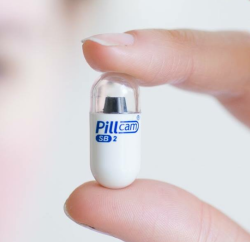Upper Endoscopy (EGD)
Upper Endoscopy, also referred to as Esophago Gastro Duodenoscopy (EGD), is a procedure where a thin flexible television scope is placed through the mouth and advanced into the stomach to observe the esophagus, gastric, and small intestinal lining. The procedure usually takes about 10 minutes. Patients are sedated so that they are comfortable during the procedure.

Colonoscopy
Colonoscopy involves investigating the entire colon lining with a thin flexible tube with a camera. Patients are sedated so that they are comfortable for the procedure. The day before the procedure requires a colon cleansing preparation. Colonoscopy remains the gold standard for colon polyp detection and colon cancer prevention.


Hemorrhoid Banding
With our unique banding system, you won’t feel pain or need to take valuable time off work. Hemorrhoid treatment with the CRH system is covered by most insurance plans and is considered more than 99% effective in treating hemorrhoids. Come visit us in the office to find out more.ERCP
ERCP stands for “endoscopic retrograde cholangio pancreatography”. This is a procedure done in the hospital setting in which a special scope placed through the mouth is advanced to the site in the small intestine where the bile duct and pancreatic duct enter the bowel. A special probe is then sent up into the duct system to remove gallstones and alleviate blockages.

Flexible Sigmoidoscopy
A limited colonoscopy that may not require sedation and can be done after an enema prep.
Capsule Endoscopy
Uses a video pill to exam the small intestine. This allows for evaluation of areas of the small bowel not reached with the scope. No biopsies can be taken with this exam. It does not evaluate the colon. Data from the capsule is recorded by radio transmission to a special belt worn by the patient. After swallowing the pill at 8:30 am, patients may leave and go about their normal daily business, returning the data belt to the office in the late afternoon.


